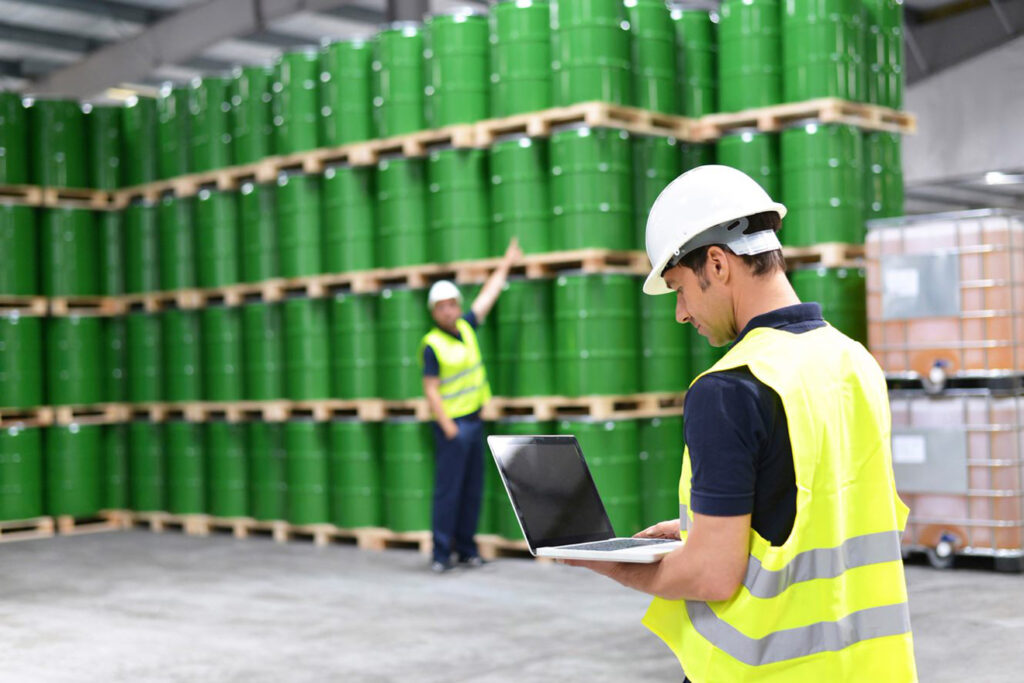In the dynamic landscape of Utah Valley, ensuring workplace safety is paramount for businesses aiming to thrive while maintaining compliance with environmental regulations. A comprehensive Workplace Hazard Assessment is essential for identifying potential risks and implementing effective strategies to mitigate them. This article delves into the significance of Workplace Hazard Assessment and its role in fostering safer, compliant workplaces in Utah Valley.
Understanding Workplace Hazard Assessment
A Workplace Hazard Assessment is a systematic evaluation of the workplace environment to identify hazards that could potentially harm employees or disrupt operations. This assessment encompasses various factors, including physical, chemical, biological, and ergonomic hazards. In Utah Valley, where industries range from manufacturing to technology, conducting a thorough Workplace Hazard Assessment is crucial for safeguarding employees and ensuring compliance with local and federal regulations.
The Importance of Compliance in Utah Valley
Utah Valley is home to a diverse array of businesses, each with unique operational challenges and regulatory requirements. Environmental compliance is not just a Utah Valley Environmental Compliance legal obligation; it is a commitment to the well-being of employees and the surrounding community. A robust Workplace Hazard Assessment helps organizations identify compliance gaps and implement necessary changes to meet environmental standards. By prioritizing compliance, businesses can avoid costly fines and enhance their reputation within the community.

Identifying Hazards in the Workplace
The first step in conducting a Workplace Hazard Assessment is identifying potential hazards present in the workplace. This process involves a thorough inspection of the physical environment, equipment, and work practices. In Utah Valley, common hazards may include exposure to hazardous materials, machinery-related risks, and ergonomic issues. By systematically identifying these hazards, businesses can take proactive measures to eliminate or control them, ultimately creating a safer work environment.
Implementing Control Measures
Once hazards have been identified through the Workplace Hazard Assessment, the next step is to implement control measures. These measures can range from engineering controls, such as installing safety guards on machinery, to administrative controls, like implementing safety training programs. In Utah Valley, businesses must tailor their control measures to address the specific risks identified during the assessment. This targeted approach not only enhances workplace safety but also ensures compliance with environmental regulations.
Training and Education
A critical component of any effective Workplace Hazard Assessment is the training and education of employees. In Utah Valley, organizations must ensure that their workforce is well-informed about the hazards present in their workplace and the measures in place to mitigate them. Regular training sessions can empower employees to recognize potential hazards and respond appropriately. By fostering a culture of safety and compliance, businesses can significantly reduce the likelihood of accidents and injuries.
Continuous Monitoring and Improvement
Workplace safety is not a one-time effort; it requires continuous monitoring and improvement. After conducting a Workplace Hazard Assessment and implementing control measures, businesses in Utah Valley must regularly review and update their safety protocols. This ongoing process ensures that any new hazards are promptly identified and addressed. By maintaining a proactive approach to workplace safety, organizations can adapt to changing conditions and remain compliant with evolving environmental regulations.
The Role of Technology in Hazard Assessment
In today’s digital age, technology plays a vital role in enhancing Workplace Hazard Assessment processes. Various software solutions and applications can streamline the assessment process, making it easier for businesses in Utah Valley to identify and manage hazards. These tools can facilitate data collection, analysis, and reporting, allowing organizations to make informed decisions regarding workplace safety and compliance. Embracing technology not only improves efficiency but also enhances the overall effectiveness of hazard assessments.
Conclusion: A Commitment to Safety and Compliance
In conclusion, a thorough Workplace Hazard Assessment is essential for creating safer, compliant workplaces in Utah Valley. By understanding the importance of identifying hazards, implementing control measures, and fostering a culture of safety, businesses can protect their employees and ensure compliance with environmental regulations. As Utah Valley continues to grow and evolve, prioritizing workplace safety through expert hazard assessments will be crucial for the success and sustainability of local businesses. By investing in safety and compliance, organizations can build a brighter future for their employees and the community at large.




